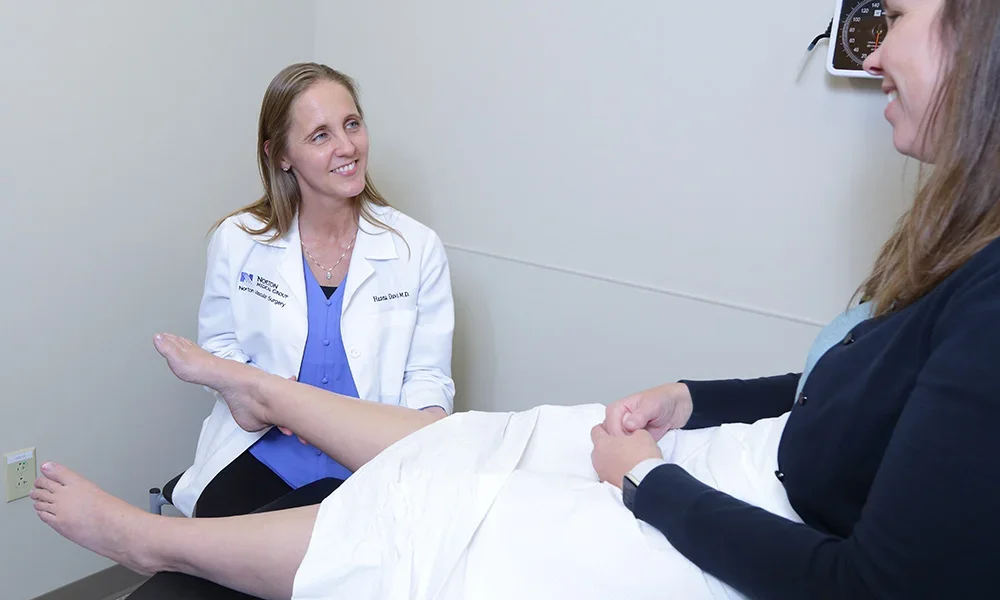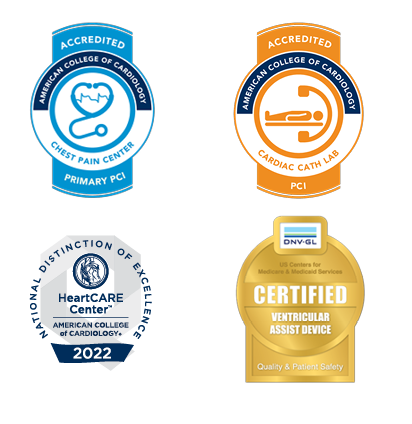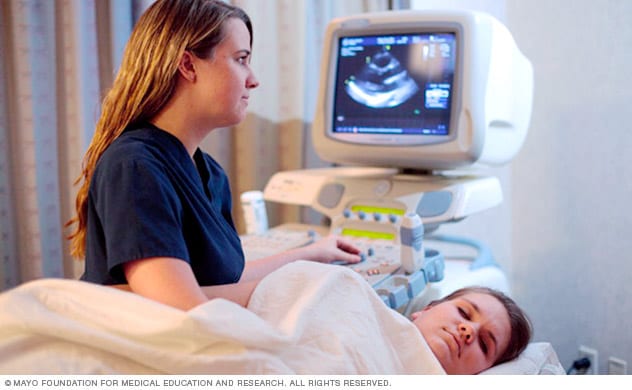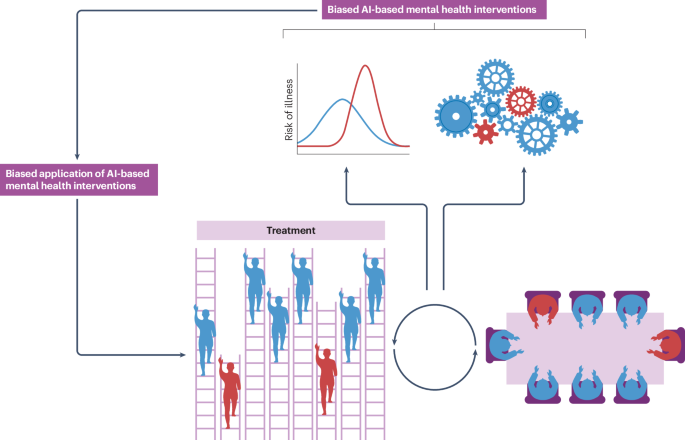Peripheral Artery Disease (PAD) | Norton Healthcare

Much like the way waxy cholesterol buildup can cause heart disease, heart attack and stroke, it can cause peripheral artery disease (PAD) that limits or blocks blood flow in your extremities — usually the lower legs and feet.
Also known as peripheral arterial disease or peripheral vascular disease, the condition can become severe enough to risk amputation or death.
PAD can develop in any blood vessel, but it is more common in the legs than the arms.
Peripheral Artery Disease Symptoms
- Leg pain, especially when walking or other activities, that improves when you rest
- Also known as intermittent claudication, this is a classic symptom.
- However, many have no leg pain from exercise, according to a study published by the American Heart Association.
- Weakness in the legs
- Hair loss on legs or feet
- Skin that is cool to the touch
- Leg and foot numbness
- Sores that won’t heal
- Shiny skin
- Cold or numb toes
If you have any of these symptoms, discuss them with your primary care provider. If you have any of the following risk factors, you have a higher chance of peripheral artery disease.
Risk Factors
PAD Complications
The buildup of cholesterol on an artery wall (atherosclerosis) that causes peripheral artery disease is likely present in other blood vessels, causing coronary artery disease. When close to the heart or the brain, the plaque buildup or a blood clot breaking off from the artery wall can cause a heart attack or stroke.
Additional complications include:
- Chronic limb-threatening ischemia (previously known as critical limb ischemia) and gangrene that may require amputation of the limb
- Sores and ulcers
- Heart attack
- Stroke
- Blood clots
Vascular Surgery at Norton Heart & Vascular Institute
Not all cases of peripheral artery disease require surgery. The specialists at Norton Heart & Vascular Institute have the expertise and experience to know when medication can improve the condition and when vascular surgery is needed to restore blood flow in your leg or foot.
Our vascular surgeons are at the forefront of advances in PAD treatment. Norton Heart & Vascular Institute uses an innovative, minimally invasive technique to restore blood flow below the knee in certain patients with chronic limb-threatening ischemia. Our specialists can use a device to route blood flow around a blocked artery, redirecting the flow to a vein in the leg to deliver oxygen-rich blood to the foot.
If you have PAD symptoms, consult your primary care provider. Norton Community Medical Associates primary care has offices across the Louisville and Southern Indiana region and beyond. Norton Immediate Care Centers and Norton Prompt Care clinics offer faster access at times that may be more convenient for you.
Diagnosis
Many conditions can have symptoms similar to peripheral artery disease. Your health care provider will perform a number of tests to determine the cause of your symptoms.
A common test for peripheral artery disease compares the blood pressure in your arm with the blood pressure in your ankle while resting. This ankle-brachial index (ABI) test is performed with a common blood pressure cuff and ultrasound.
Additional tests can include:
- Blood tests measure your cholesterol, triglyceride, and blood sugar.
- An exercise ABI test: After walking on a treadmill, the ABI test is conducted to determine how activity affects your results.
- A six-minute walking test. You’ll walk for six minutes, and the distance you cover is measured to determine how much your condition affects your activity
- Doppler ultrasound will reveal areas where blockages have reduced blood flow. The ultrasound wand is passed over your skin and is painless.
- Imaging tests, such as CT angiography, MRI and catheter-based angiography, may be performed to show in greater detail how blockages are affecting your blood flow.
Treatment
PAD treatment depends on the severity of your condition and will be aimed at reducing your risk of major complications such as heart attack or stroke, improving your PAD symptoms and reducing the likelihood of losing a limb.
Medication and Lifestyle Changes
For less severe cases, treatment will focus on slowing the progress of the disease by modifying your diet, lifestyle and perhaps using medication. Lifestyle changes to slow the progress of PAD include quitting smoking, eating better (including the DASH eating plan), losing weight, exercising and managing stress.
Your health care provider may prescribe medications to prevent blood clots, slow the narrowing of your arteries, lower cholesterol and slow the buildup of plaque in your blood vessels, and lower your blood pressure.
Supervised Exercise
Norton Heart & Vascular Institute offers the Peripheral Arterial Disease Supervised Exercise Therapy Program designed to improve quality of life and mobility. While activity can increase pain from peripheral artery disease, it also improves blood flow, which can ease symptoms over time.
After a referral from your doctor, you’ll start this 12-week, treadmill-based therapy program customized to meet your needs and physical abilities. Our team creates a plan for you with measurable short-term and long-term goals.
The monitored exercise sessions held three times per week at Norton Cardiac & Pulmonary Rehabilitation Center on the Norton Audubon Hospital campus. During these 30-to-60-minute sessions, your heart, blood pressure and level of leg pain are monitored. The program also encourages healthy lifestyle changes by helping you better understand your cardiovascular system.
To participate in the program, you need a referral from your doctor.
Surgery or Minimally Invasive Procedures
Peripheral artery disease can progress to the point where surgery or minimally-invasive procedures are needed to prevent amputation of the affected limb. Depending on your condition, your vascular surgeon may recommend any of the following:
- Angioplasty to open your narrowed or blocked artery. This is a minimally invasive procedure in which your vascular surgeon inserts a catheter through a blood vessel to reach the point of your blockage. There, a tiny balloon is inflated to deploy a firm, wire-mesh tube in place to hold the plaque and fatty deposit on the blood vessel wall so blood can pass.
- Bypass surgery uses part of a blood vessel removed from elsewhere in your body, or an artificial vessel, to create a new path for blood to flow after the blocked section of artery is removed.
- Deep vein arterialization. This novel procedure has been approved by the Food and Drug Administration for patients who have exhausted other options to treat chronic limb-threatening ischemia. Vascular surgeons at Norton Heart & Vascular Institute were first in Kentucky to offer this procedure.
Using two catheters — one inserted in a vein in the bottom of the foot and other inserted in an artery in the groin, your vascular surgeon navigates them to the area of the blockage. There, a tiny device pierces the wall in the artery and enters the vein. The procedure creates a new pathway to restore blood flow to the foot by redirecting blood from an artery into a vein that carries oxygenated blood to the foot. The blood flow continues through the vein back to the lungs and heart.
Heart and Vascular Care for the Whole Person
Norton Heart & Vascular Institute offers patient resources to support you and your family, including free classes for people of all ages who are seeking to improve cardiovascular health or living with a heart condition.
Cardiac Rehabilitation Program
Our cardiac rehabilitation providers are leaders in developing and applying innovative techniques that can help you recover and resume your life.
Connecting Hearts Support Group
The group provides education and support to individuals who have had a heart attack, are living with a heart condition or are at risk for cardiovascular disease.
Heart Health Screenings
Prevention is the best way to manage heart disease, and screenings are available to detect early signs of cardiac and vascular disease and identify risk factors.
About Norton Heart & Vascular Institute


Every year, more than 137,000 people in Louisville and Southern Indiana choose Norton Heart & Vascular Institute specialists for their heart and vascular care. That’s more than any other health care provider.
- Norton Healthcare’s adult-service hospitals in Louisville all have received Chest Pain Center accreditation from the American College of Cardiology (ACC). This is the seventh consecutive accreditation for all four hospitals, which ensures quality for the treatment of heart attack.
- Norton Audubon Hospital, Norton Brownsboro Hospital and Norton Hospital all are recognized as having ACC Chest Pain Center with Primary PCI accreditation.
- Norton Healthcare has the most facilities across the city of Louisville with the ability treat a life-threatening heart attack.
- You have access to more than 100 physicians and advanced practice providers with specialized training and experience in a comprehensive range of conditions and treatments.
- Patients can make appointments at 28 locations in Louisville and Southern Indiana. Telecardiology is offered at more than 30 sites in the region.
- Norton Audubon Hospital, a key location for Norton Heart & Vascular Institute services, has been recognized with a HeartCare Center National Distinction of Excellence year after year by the American College of Cardiology. This is the only hospital in Louisville to be recognized for this distinction.
- Norton Audubon Hospital earned ventricular assist device (VAD) accreditation from DNV – Healthcare and the Centers for Medicare & Medicaid Services.
- Communicate with your health care provider, renew prescriptions, get lab results and more through your free Norton MyChart account.
link








